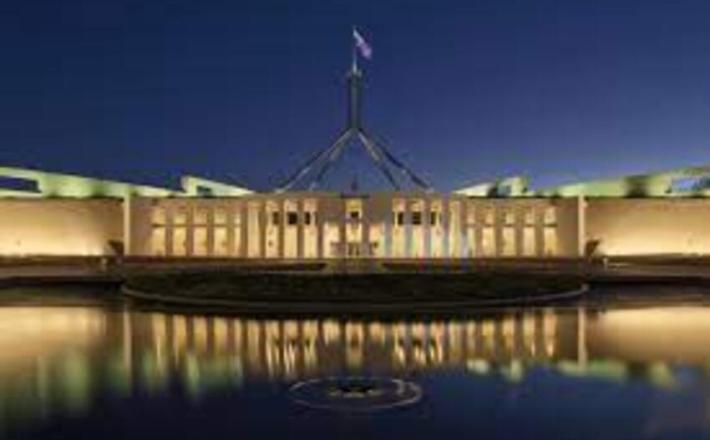Australia breaks records and tackles violence against women MPs
In 2022, Australia achieved record-breaking shares of women in both chambers of parliament, making it, along with New Zealand, the subregion with the highest average proportion of women MPs across both houses (46.4%).
The Senate of Australia was the only chamber to elect over 50% women in 2022 (56.6%). It became the highest-ranking upper house in the world in terms of women’s representation and one of only four upper chambers globally to exceed 50%. The House of Representatives also hit a historic high, with 38.4% women elected. No legislated quotas exist, but several parties have voluntary quotas.
The 2022 election reversed a 20-year decline in Australia’s standing in IPU rankings of women in parliament. More women stood for election than ever before: they represented 40% of all candidates, up from 32% in 2016 and from less than 28% in 2013.
Click here to read the full article published by the Inter-parliamentary Union on 27 February 2023.

In 2022, Australia achieved record-breaking shares of women in both chambers of parliament, making it, along with New Zealand, the subregion with the highest average proportion of women MPs across both houses (46.4%).
The Senate of Australia was the only chamber to elect over 50% women in 2022 (56.6%). It became the highest-ranking upper house in the world in terms of women’s representation and one of only four upper chambers globally to exceed 50%. The House of Representatives also hit a historic high, with 38.4% women elected. No legislated quotas exist, but several parties have voluntary quotas.
The 2022 election reversed a 20-year decline in Australia’s standing in IPU rankings of women in parliament. More women stood for election than ever before: they represented 40% of all candidates, up from 32% in 2016 and from less than 28% in 2013.
Click here to read the full article published by the Inter-parliamentary Union on 27 February 2023.